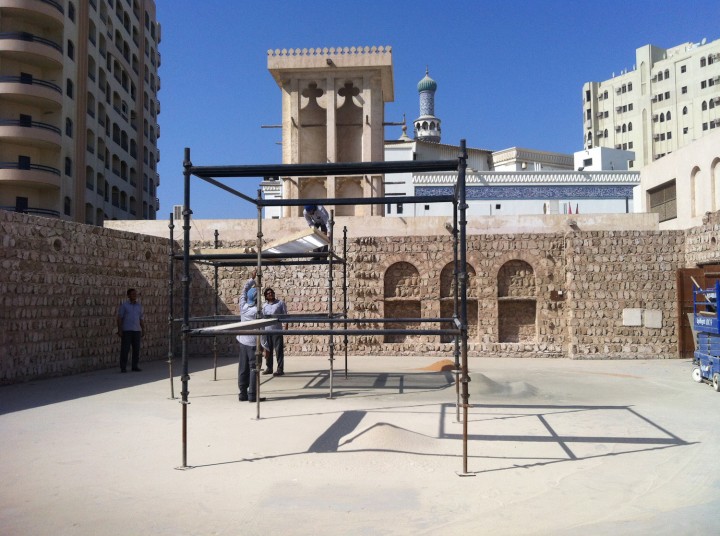“The Ungovernables,” your New Museum Triennial, and your post at Inhotim gave you the chance to work on the relationship between so-called “centers” and emerging peripheries. Are you continuing this research in Sharjah?
I have always been interested in institutions that support new production. The artists I choose to work with are often in the middle of incredibly productive and meaningful years of work, though this work might not be well recognized in the US. So I have tried to utilize the platforms available to me to include them in a larger conversation about contemporary art, simply because I want to experience more of what they are capable of presenting. I don’t feel this is about centers and peripheries.
Your curatorial work has always been tied to education, and your biennial will also incorporate the March Meeting, the Sharjah Art Foundation’s yearly conference. Will this biennial be less about artworks and more about knowledge?
SB12 is very much about artworks. Two aspects of biennials that have always intrigued me are site-specificity and experimentation. The orchestration of a physical experience in time requires a little spontaneity, trusting the artists to execute commissions that might even fail — something museums cannot really tolerate. One important condition for education is context — so even though the March Meetings are related to SB12, the ambition of the public programming is restricted by my limited knowledge of the UAE and its social and educational context. Nevertheless, we have been working with the education team, and the 2014 and 2015 March Meetings are integral parts of SB12.
Can you talk about the title: “The past, the present, the possible”?
The title is a phrase from Henri Lefebvre’s essay “The Right to the City,” written in 1967 and translated to English in 1996. The translated sentence is, “The past, the present, the possible cannot be separated.” A bit much for an exhibition title, but the sentiment matched some ideas I had been thinking about for the biennial, namely that I wanted to present works that stepped away from the burden of the past and the nostalgic and focused instead on the present.


